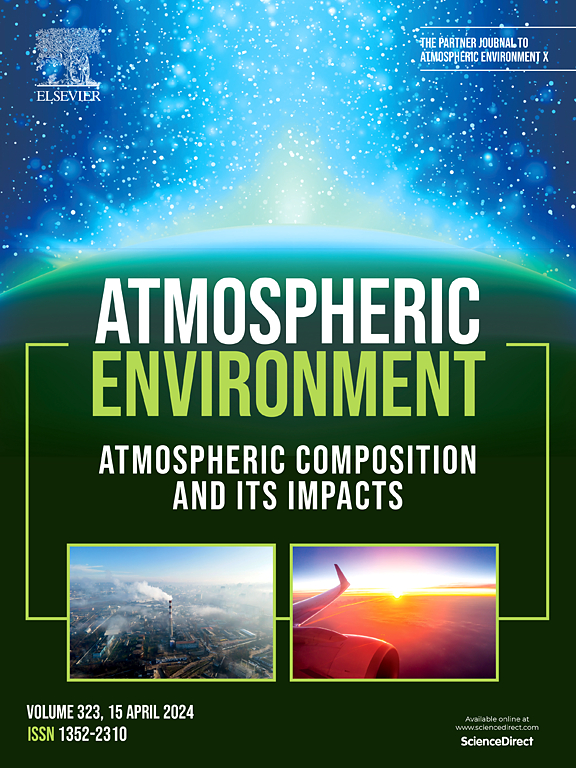The impact of sky conditions on gross primary production and methane flux from different rice paddies
IF 4.2
2区 环境科学与生态学
Q2 ENVIRONMENTAL SCIENCES
引用次数: 0
Abstract
The increase of diffuse radiation fraction has been reported to greatly impact carbon uptake in agroecosystems. However, it is unclear how radiation components affected methane (CH4) emission. Based on eddy covariance measurement from six sites, the effects of sky conditions on gross primary productivity (GPP) and CH4 emission were investigated at half-hourly and daily scales. The results showed diurnal patterns of GPP were similar under all sky conditions, while CH4 emission displayed irregular unimodal curves with greater fluctuations under different sky conditions. GPP responded to the changing radiation more efficiently under overcast conditions than under sunny conditions, whereas CH4 emission under sunny conditions was higher at the same radiation levels. Parameters describing GPP and CH4 emission varied across sites and sky conditions. The maximum photosynthetic rate and CH4 rate at turning point under cloudy and overcast skies were lower than those under sunny conditions. The values of initial light use efficiency from GPP and CH4 emission were opposite with the increase of diffuse radiation fraction, respectively. Soil moisture, temperature (Ta), vapor pressure deficit, direct, and diffuse radiation (Rdif) were responsible for the variations of GPP and CH4 emission under different skies, CH4 emission depended heavily on GPP and Ta under the inhibition of Rdif. This study implies that the direct effects of sky conditions on GPP were greater than those on CH4 emission and should be paid more attention in ecosystem carbon cycle models.

求助全文
约1分钟内获得全文
求助全文
来源期刊

Atmospheric Environment
环境科学-环境科学
CiteScore
9.40
自引率
8.00%
发文量
458
审稿时长
53 days
期刊介绍:
Atmospheric Environment has an open access mirror journal Atmospheric Environment: X, sharing the same aims and scope, editorial team, submission system and rigorous peer review.
Atmospheric Environment is the international journal for scientists in different disciplines related to atmospheric composition and its impacts. The journal publishes scientific articles with atmospheric relevance of emissions and depositions of gaseous and particulate compounds, chemical processes and physical effects in the atmosphere, as well as impacts of the changing atmospheric composition on human health, air quality, climate change, and ecosystems.
 求助内容:
求助内容: 应助结果提醒方式:
应助结果提醒方式:


